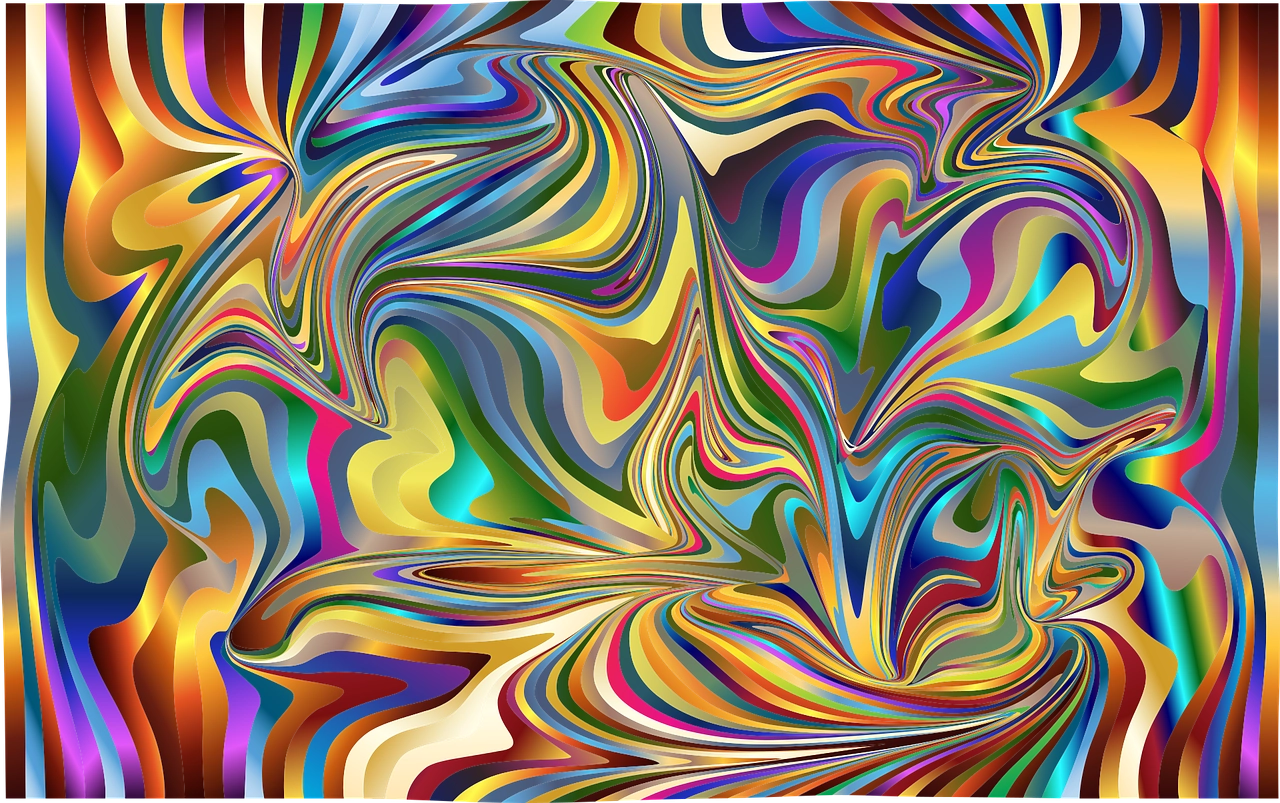History of Face Reading: Traditions and Origins

Looking for more amazing products? Check out our online store and explore our collection here! Happy shopping!
Before diving in, please note: This post is for informational purposes only. If you’d like to know more about how we approach topics, feel free to check out our friendly Disclaimer Page.
Hey there, amazing readers! 
We’re committed to delivering quality posts, and your support (even just sticking around despite the ads) means everything to us. So, bear with us, and thanks for helping us keep the good vibes rolling. Now, on to the fun stuff!
TRANSLATE BUTTON AT THE END OF THE ARTICLE
A Quick Overview
Face reading, also known as physiognomy, is an ancient practice that involves interpreting facial features to gain insight into a person’s character, personality traits, and even their future.
This art has its roots in various cultures and traditions around the world, each contributing unique insights and practices to the field.
From ancient Chinese beliefs to Greek philosophy and Indian traditions, face reading has evolved and adapted over centuries.
In modern times, face reading has found its place in psychology and even in contemporary society.
This article delves into the rich history of face reading, exploring its origins, cultural significance, and applications in today’s world.
Introduction to Face Reading
Face reading is the practice of analyzing facial features such as the eyes, nose, mouth, and overall structure of the face to determine aspects of a person’s character and future.
This art has been around for centuries and has been a tool used by various cultures to understand individuals better.
While often considered pseudoscience, face reading has persisted through the ages due to its intriguing nature and the insights it offers into human psychology.
Ancient Origins of Face Reading
The origins of face reading can be traced back to ancient civilizations such as Egypt, Greece, and China.
In these early societies, people believed that the face was a reflection of a person’s inner self and that by studying facial features, one could gain a deeper understanding of an individual’s personality.
For example, the Egyptians used face reading in conjunction with astrology to make predictions about a person’s future based on their facial characteristics.
Face Reading in Chinese Culture
Chinese face reading, also known as Mian Xiang, is a significant part of traditional Chinese medicine and philosophy.
In Chinese culture, the face is believed to be a map of a person’s destiny, with each feature holding clues to their character and life path.
Practitioners of Chinese face reading study aspects such as the shape of the eyes, the prominence of the nose, and the structure of the jaw to make predictions about a person’s health, relationships, and career.
Evolution of Face Reading Practices
Over time, face reading has evolved and adapted to different cultural beliefs and practices.
While it was once primarily used for divination and fortune-telling, face reading has expanded to include psychological insights and personality assessments.
Today, face reading is used in various fields, including psychology, business, and even law enforcement, to understand people better and make informed judgments about their behavior.
Influence of Greek Philosophy on Face Reading
Greek philosophy also played a significant role in the development of face reading.
Philosophers such as Aristotle believed that the face was a reflection of a person’s character and that certain facial features could indicate qualities such as courage, wisdom, or honesty.
This belief in the connection between the physical and the spiritual aspects of a person’s being laid the foundation for the practice of face reading as we know it today.
Face Reading in Indian Traditions
In India, face reading has a long history and is known as Samudrika Shastra.
This ancient practice involves analyzing facial features, body language, and even the aura surrounding a person to gain insights into their personality and future.
In Indian traditions, face reading is often used in conjunction with astrology and palmistry to provide a comprehensive picture of an individual’s life path and destiny.
Renaissance Period: Face Reading Revival
During the Renaissance period in Europe, there was a resurgence of interest in face reading and physiognomy.
Scholars and artists alike studied facial features and expressions to understand human nature better and depict emotions more accurately in their work.
This period saw the development of complex theories on how facial features correlated with personality traits, laying the groundwork for modern psychological interpretations of face reading.
Face Reading in Modern Psychology
In modern psychology, face reading has found a place as a tool for understanding nonverbal communication and assessing personality traits.
Psychologists use facial expressions, microexpressions, and other facial cues to interpret emotions, intentions, and underlying psychological states in patients.
Face reading techniques have also been used in criminal profiling and lie detection, showcasing the diverse applications of this ancient art in the field of psychology.
Scientific Studies on Face Reading
While face reading is often viewed as a pseudoscience, some scientific studies have delved into the validity of certain aspects of this practice.
Understand the Powerful Law of Karma and Its Impact – Explore Here!
Research has shown that certain facial features, such as the symmetry of the face or the size of the eyes, can be linked to specific personality traits or health conditions.
While more research is needed to validate the broader claims of face reading, these studies provide some insight into the potential correlations between facial features and psychological characteristics.
Cultural Variations in Face Reading
Different cultures around the world have unique interpretations of face reading and use diverse methods to analyze facial features.
For example, in African cultures, scars and facial markings are believed to convey information about a person’s lineage, status, or spiritual connections.
In Japanese culture, the shape of the eyes and eyebrows is considered essential in determining a person’s character and temperament.
These cultural variations highlight the rich tapestry of beliefs and practices surrounding face reading.
Face Reading in Contemporary Society
In contemporary society, face reading has found new applications beyond its traditional uses.
From facial recognition technology in security systems to personality assessments in job interviews, face reading techniques are being integrated into various aspects of modern life.
Companies use face reading to analyze consumer behavior and preferences, while individuals turn to face reading apps and services for insights into their own personalities and relationships.
Applications of Face Reading Today
The applications of face reading today are vast and varied.
In business, face reading is used to assess job candidates, understand consumer preferences, and even predict market trends.
In healthcare, facial analysis software is used to diagnose medical conditions and monitor patient health.
In law enforcement, facial recognition technology helps identify suspects and track criminal activity.
As technology continues to advance, the applications of face reading are likely to expand further, offering new opportunities for understanding human behavior and improving decision-making processes.
Conclusion
Face reading is a fascinating practice with deep roots in ancient traditions and cultures around the world.
From Chinese medicine to Greek philosophy and Indian traditions, face reading has evolved and adapted over centuries to find its place in modern psychology and contemporary society.
While the scientific validity of face reading remains a topic of debate, its rich history and diverse applications make it a compelling field of study.
As we continue to explore the complexities of human nature, face reading offers a unique lens through which to understand ourselves and those around us.

The Enlightenment Journey is a remarkable collection of writings authored by a distinguished group of experts in the fields of spirituality, new age, and esoteric knowledge.
This anthology features a diverse assembly of well-experienced authors who bring their profound insights and credible perspectives to the forefront.
Each contributor possesses a wealth of knowledge and wisdom, making them authorities in their respective domains.
Together, they offer readers a transformative journey into the realms of spiritual growth, self-discovery, and esoteric enlightenment.
The Enlightenment Journey is a testament to the collective expertise of these luminaries, providing readers with a rich tapestry of ideas and information to illuminate their spiritual path.
Our Diverse Expertise
While our primary focus is on spirituality and esotericism, we are equally passionate about exploring a wide range of other topics and niches 

To ensure we provide the most accurate and valuable insights, we collaborate with trusted experts in their respective domains 
Our blog originally focused on spirituality and metaphysics, but we’ve since expanded to cover a wide range of niches. Don’t worry—we continue to publish a lot of articles on spirituality! Frequently visit our blog to explore our diverse content and stay tuned for more insightful reads.
Hey there, amazing reader! 
Check out our store here and take a peek at some of our featured products below! Thanks for being awesome!












